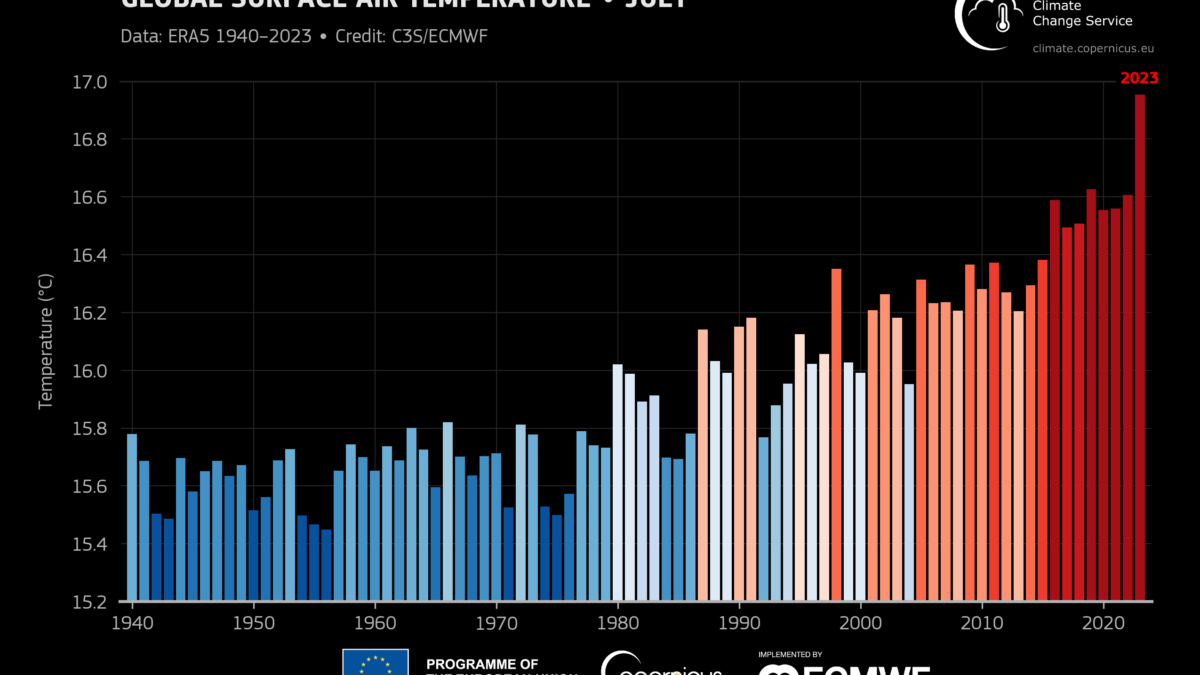Mercury from burning coal sickens Adirondacks loons
By KELLY SLIVKA
28 June 2012 Many see New York State’s six-million-acre Adirondack Park as a place of respite where you go to gulp down the cool air and hear loon calls echoing through the hills. The landscape is unmarred, wild. Human hands do not have to physically touch a place, though, to disturb it. Mercury that billows into the atmosphere from the smokestacks of coal-fired power plants has settled back down thickly in the Adirondacks, causing trouble for common loon, which nest in large numbers in the park, and other wildlife. A new collaborative report prepared for the New York State Energy Research and Development Authority explores how the health of Adirondack loons, and the ecosystem in which they live, is being affected by mercury. The report summarizes almost 10 years of field research conducted in the park by a cooperative of scientists and conservationists who wanted to gather baseline data for monitoring the pollutant and supporting environmental regulation. (The Environmental Protection Agency issued its first-ever rule governing the mercury emissions from power plants last December.) The researchers spent each summer from 1998 to 2007 studying loons at 44 Adirondack lakes, watching banded birds nest and sometimes netting loons to take samples of blood and feathers for mercury testing. They also tested lake sediment, water, plankton, crayfish and fish for a complete picture of the impact of mercury on the park environment. “Seventy-five percent of the loons that we sampled were at either moderate or high risk from mercury in their blood,” said Zoe Smith, the director of the Wildlife Conservation Society’s Adirondack Program. The Wildlife Conservation Society was one of the contributors to the project. Loons with too much mercury in their blood begin to behave differently from healthy loons. They become tired and lack the energy to take proper care of their offspring. “They don’t sit on their eggs as much as they normally would,” said David Evers, chief scientist and executive director of the Biodiversity Research Institute, another project contributor. As a result, the eggs suffer from exposure and the chicks don’t hatch. If a loon has high-risk levels of mercury in its system, it produces 40 percent fewer young, Dr. Evers said. But even if a mercury-laden loon hatches chicks successfully, the chicks, born already tainted with their parents’ mercury poisoning, are less likely to survive. Dr. Evers has been testing loons for mercury poisoning for two decades. He estimates that he has sampled over 4,000 loons across North America over the years. Loons are especially good indicators of mercury pollution in an ecosystem because they are long-lived – up to 30 years – and territorial, he said. […] Ms. Smith at the Wildlife Conservation Society said he hoped the report on loon contamination would convince people to take better care of the environment. “I think people should be way more scared than they are about all of this,” noting that many lakes have fishing restrictions because of mercury levels. She hopes the comprehensive study will add to other mercury research that is lending scientific support to national regulation of the pollutant. “But that’s really not enough because a lot of our mercury comes from overseas,” she said. Mercury can be found naturally in ecosystems, but pollution causes there to be three to five times more than occurs naturally, and coal-fired power plants in China are exacerbating the problem, according to Dr. Evers. Just in the United States, “well over half of the mercury being emitted into the system is from coal,” he said. The mercury that is poisoning loons in Adirondack State Park isn’t necessarily from the surrounding area. Some mercury compounds drifting up in smoke from coal-powered plants all over the world are swept up into global wind and weather patterns. The particles might fall even in the most remote pristine regions of Earth. “I think a lot of people just throw their hands in the air and say, ‘What can you do? Mercury is coming from the sky,’” Dr. Evers said. Still, he thinks the new research on loons and their habitats can help park managers mitigate the damage that mercury is causing to the ecosystem, even if the substance is coming from far away. […]

